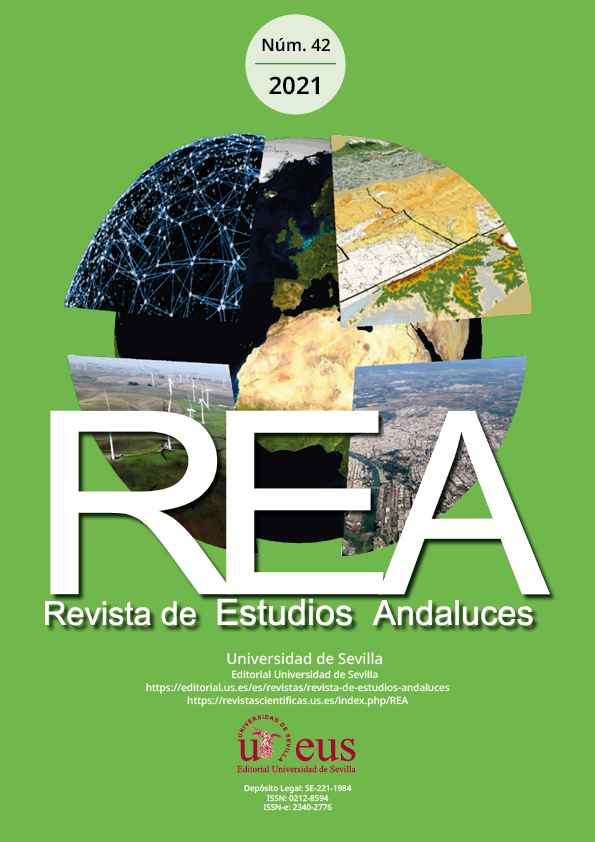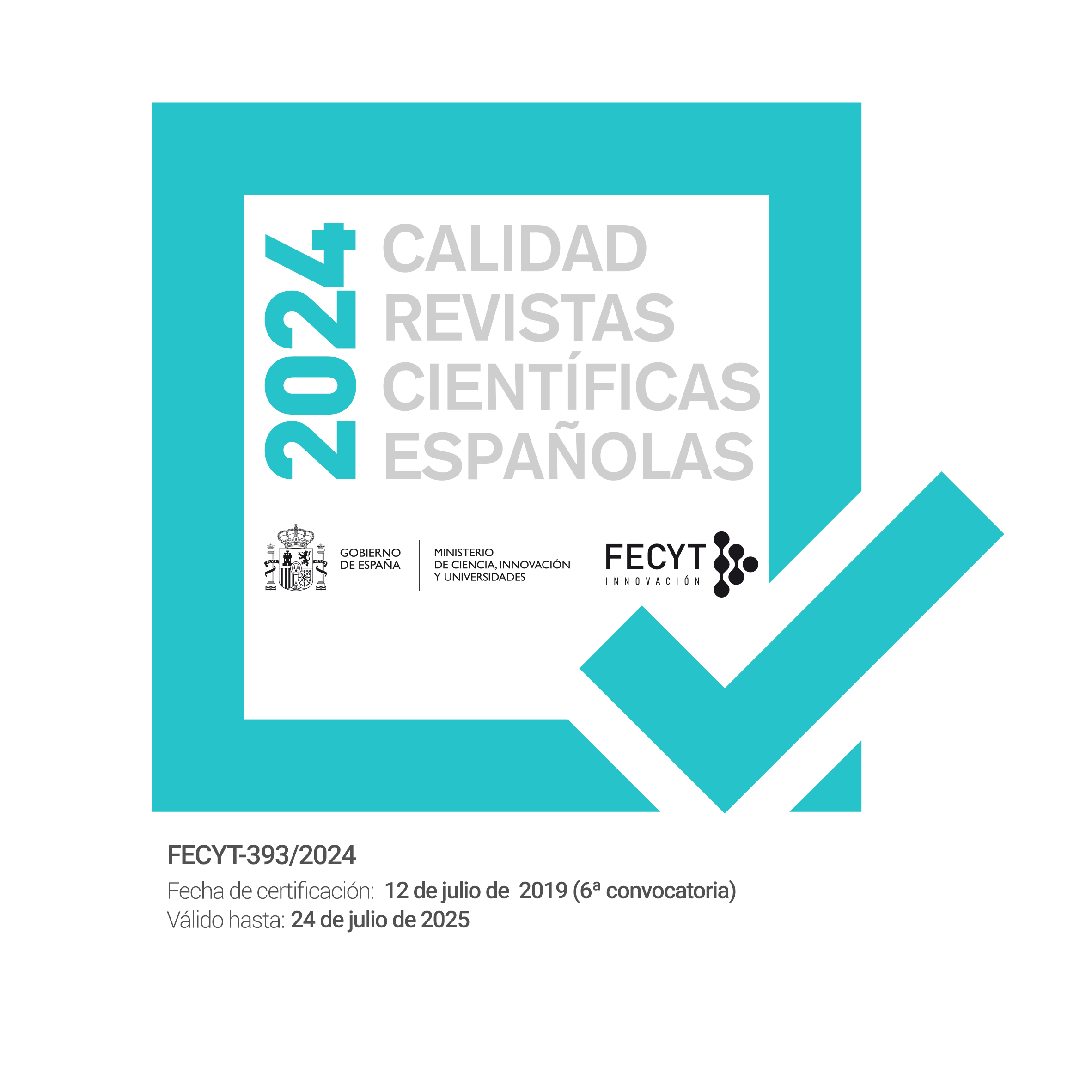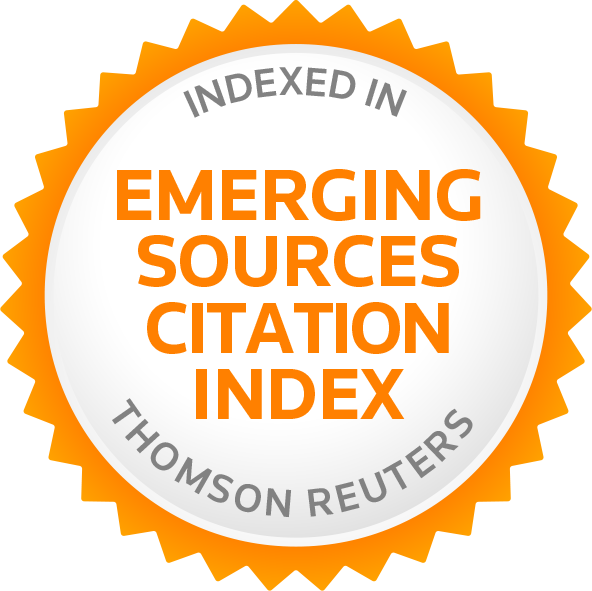Minimum summer temperatures in the southeast of the iberian peninsula through satellite thermographies
Palabras clave:
Lapse rate, Temperature inversion, Cold air pools, Thermography, Hottest days of summer, Sureste peninsular, TeledetectionResumen
The latitudinal position of the southeast of the Iberian Peninsula generates high average temperatures (between 25 and 30oC) during the summer season, although its complex orography and the important lapse rate (LR) give rise to important differences in minimum temperatures, influenced by intense processes of nocturnal temperature inversion (ITN) in inland valleys. The increase of new meteorological stations and the rise in the density of observation networks, together with the implementation of its own network in cold air pools (CAP) in the provinces of Murcia, Albacete or Jaén, leads to a greater understanding of the distribution of surface temperatures. The main objective of the research is the generation of cartography (thermographs) that reflects the distribution of night temperatures in the southeast of the Iberian Peninsula, carried out through the treatment of satellite products (VIIRS LST Band I5 of the SUOMI-NPP satellite). Together with the use of satellite images (thermography), it is possible to analyze in detail the thermal contrasts that exist during the hottest days of summer through 147 weather stations and recording thermometers (July 15 to August 15) of the year 2017 to 2020. Verification of the thermographs used (Band I5 product) shows a notable statistical adjustment (R2 of 0.87), with a Bias and RMSE of -0.2 and 1.83oC respectively. The cartography is carried out for the differences in the provinces that make up the SE of the Iberian Peninsula (Alicante, Albacete, Murcia, Jaén, Granada and Almería), with daily thermal differences in minimum temperatures of up to 23.4oC between inland valleys and coastal areas.
Descargas
Descargas
Publicado
Cómo citar
Número
Sección
Licencia
Derechos de autor 2021 Revista de Estudios Andaluces

Esta obra está bajo una licencia internacional Creative Commons Atribución-NoComercial-SinDerivadas 4.0.
La edición electrónica de la Revista de Estudios Andaluces se ofrece en acceso abierto desde el número 28 publicado en 2011 hasta la actualidad. Las ediciones impresa y electrónica de esta Revista son editadas por la Editorial de la Universidad de Sevilla, siendo necesario citar la procedencia en cualquier reproducción parcial o total.
La Revista de Estudios Andaluces no cobra tasas por el envío de trabajos, ni tampoco cuotas por la publicación de sus artículos. La Revista es gratuita desde el momento de la publicación de cada número y sus contenidos se distribuyen con la licencia “CreativeCommons Atribución-NoComercial-SinDerivar 4.0 Internacional” , que permite al usuario de la Revista de Estudios Andaluces criterios que cumplen con la definición de open access de la Declaración de Budapest en favor del acceso abierto. Puede consultar desde aquí la versión informativa y el texto legal de la licencia. Esta circunstancia ha de hacerse constar expresamente de esta forma cuando sea necesario.







